
How Can You Implement Zero--Waste Packaging Solutions in Your Cosmetic Brand?
September 30, 2025 • Mike Lee
You want to meet the growing demand for zero-waste products, but the path seems complicated. You feel caught between expensive, unproven materials and the fear of your brand being labeled as wasteful.
To achieve zero-waste, focus on circular systems like refillable containers, packaging for waterless products, and mono-materials that are easily recycled. This approach reduces waste and builds a loyal, eco-conscious customer base.
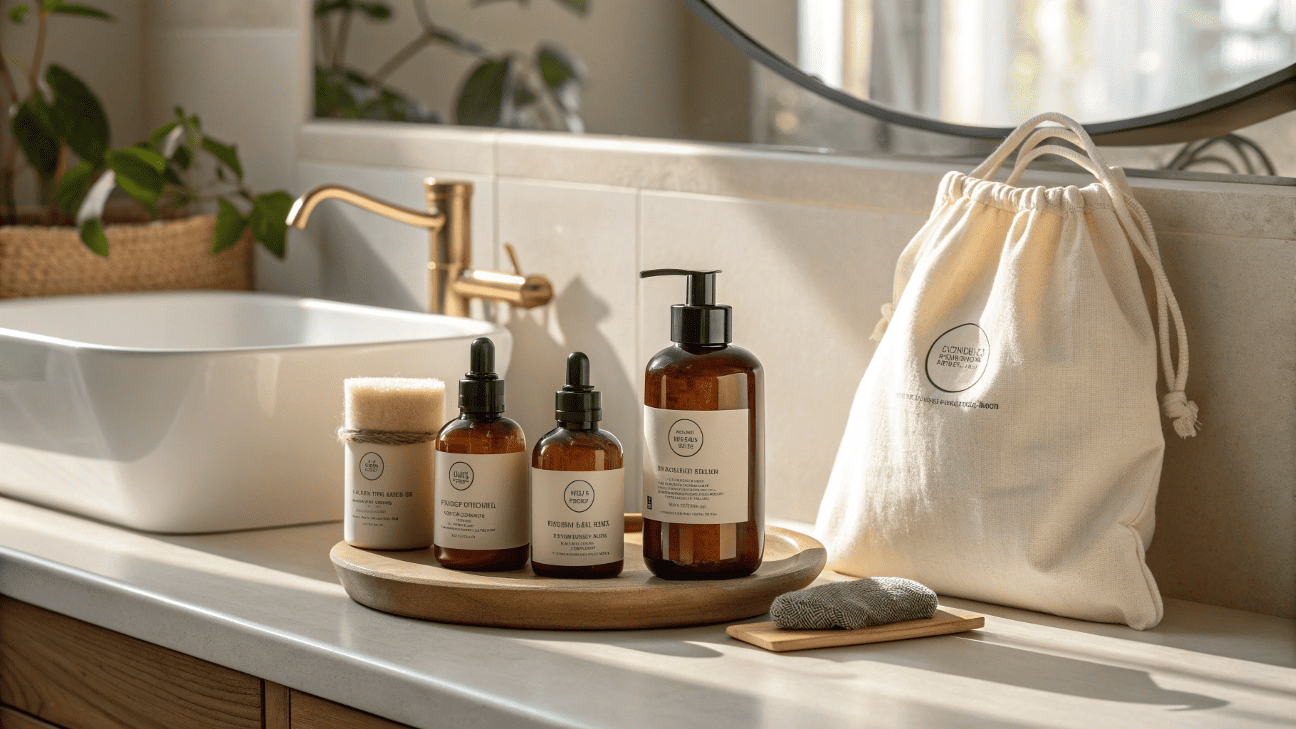
Your insight on this is spot on. The goal is to break the single-use cycle. I remember working with a client on a new luxury cream. Instead of a disposable jar, we co-designed a beautiful, heavy-walled outer jar with a simple, recyclable inner pod. The client told me months later that their customers loved it. They weren't just buying refills; they were posting pictures of the beautiful outer jar being used to hold jewelry on their vanities. That's true zero-waste thinking: when the packaging is so well-designed that its life continues long after the product is gone.
How Do You Find a Truly Eco-Friendly Cosmetic Packaging Manufacturer?
You see "eco-friendly" and "green" on every supplier's website. But you're rightly skeptical, wondering how to distinguish a genuine sustainable partner from one that is simply "greenwashing."
A truly eco-friendly manufacturer proves their commitment with recognized certifications, full material traceability, and in-house capabilities that actively reduce waste. Ask for proof, not just promises.
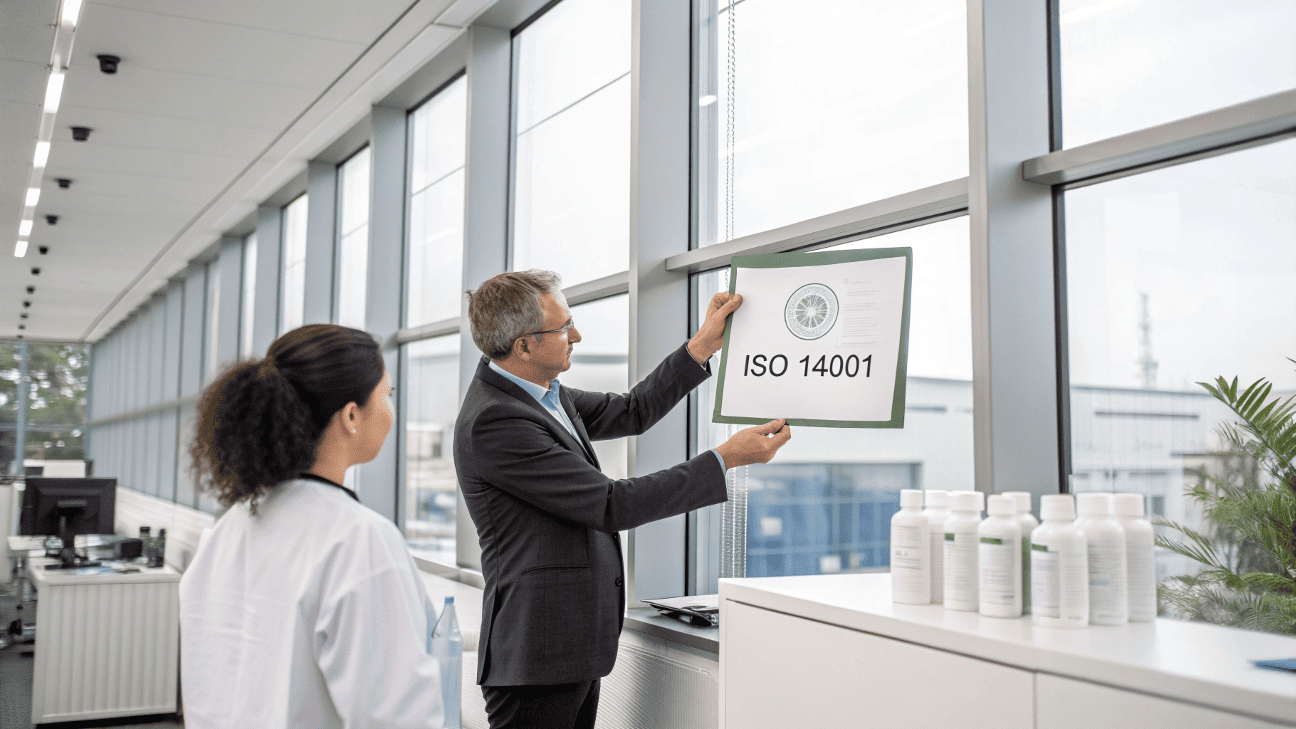
Vetting a manufacturing partner is the most critical step in your zero-waste journey. Their capabilities and philosophy will directly impact your brand's integrity. You need to look beyond their product catalog and dig into their actual operations.
1. Check for Certifications and Operational Excellence
A serious manufacturer invests in internationally recognized standards. For instance, our ISO 9001/2000 certification isn't just a piece of paper; it’s a system that ensures quality and efficiency, which naturally reduces waste during production. Ask potential suppliers about their waste management on the factory floor and their energy efficiency programs. A genuine partner will be proud to share these details.
2. Demand Material Traceability
For materials like Post-Consumer Recycled (PCR) plastic, traceability is non-negotiable. You need to know that the 30% PCR content you're paying for is actually in the bottle. We provide material traceability reports that track resin from our supplier to your finished product, giving you and your customers complete confidence in your sustainability claims.
3. Evaluate Their Technical Expertise
A "greenwasher" sells you a standard bottle and calls it eco-friendly. A true partner helps you design better.
| The "Greenwasher" | The Genuine Eco-Partner |
|---|---|
| Sells you a standard bottle. | Helps you "lightweight" the bottle to use less plastic. |
| Doesn't ask about your goals. | Co-designs a refillable system with you. |
| Uses trendy but unproven materials. | Guides you to mono-materials for proven recyclability. |
Our in-house mold design team and 3D printers allow us to prototype and perfect these smarter, more sustainable designs with you.
What Wholesale Eco-Friendly Containers Offer the Best Zero-Waste Potential?
You're ready to source containers, but the wholesale market is vast. You want to invest in stock that genuinely supports a zero-waste model, not just something that looks "green" on the surface.
The best wholesale choices are refillable systems (jars with pods, airless bottles with cartridges), mono-material containers made entirely of PET or PP, and packaging designed for solid, waterless formulas like aluminum tins.
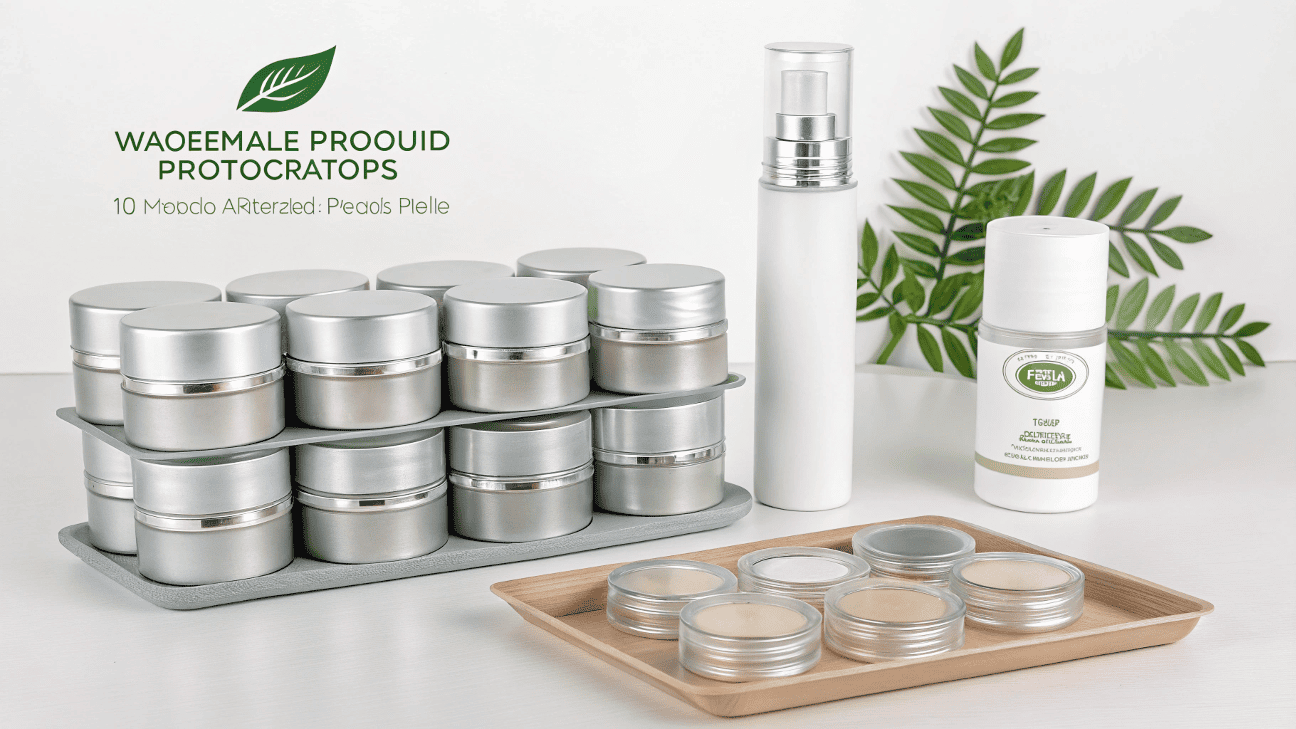
When sourcing wholesale, your goal should be to find containers that fit into a circular economy. This means they are designed from the start to be reused, refilled, or recycled with maximum efficiency.
1. Stock Refillable Systems
The rise of refillable packaging is the most direct path to zero-waste. These systems consist of two parts: a durable, premium "outer" container that the customer keeps, and a lightweight, simple "inner" pod or pouch that is replaced. This model drastically reduces packaging waste with every repeat purchase. We offer several stock mold options for refillable jars and airless bottles, making it easy for brands of any size to adopt this highly effective model without the cost of custom tooling.
2. The Simplicity of Mono-Materials
For a product to be recycled, it must be easy to sort and process. A container made from a single material (a "mono-material") is the gold standard for recyclability. A bottle, cap, and pump made from different plastics that are fused together often end up in a landfill. A 100% PET bottle with a 100% PET cap, however, can be recycled efficiently. We have deep expertise in PE, PET, and PP, and can guide you toward the best mono-material choices for your product.
3. Packaging for Waterless & Solid Products
One of the best zero-waste strategies is to eliminate the need for a traditional bottle altogether. Solid shampoo bars, conditioner bars, and deodorant sticks are exploding in popularity. This trend allows for packaging made from easily recyclable materials like paperboard, glass, or aluminum.
What Does "Sustainable Packaging" Truly Mean in the Beauty Industry Today?
"Sustainable," "eco-friendly," "green." The terms are used so often they can feel meaningless. You want to understand what a truly sustainable approach looks like in practice for a modern beauty brand.
In the beauty industry today, sustainability means shifting from a linear "take-make-waste" model to a circular one. It's about designing packaging for its entire lifecycle so that it never becomes waste.
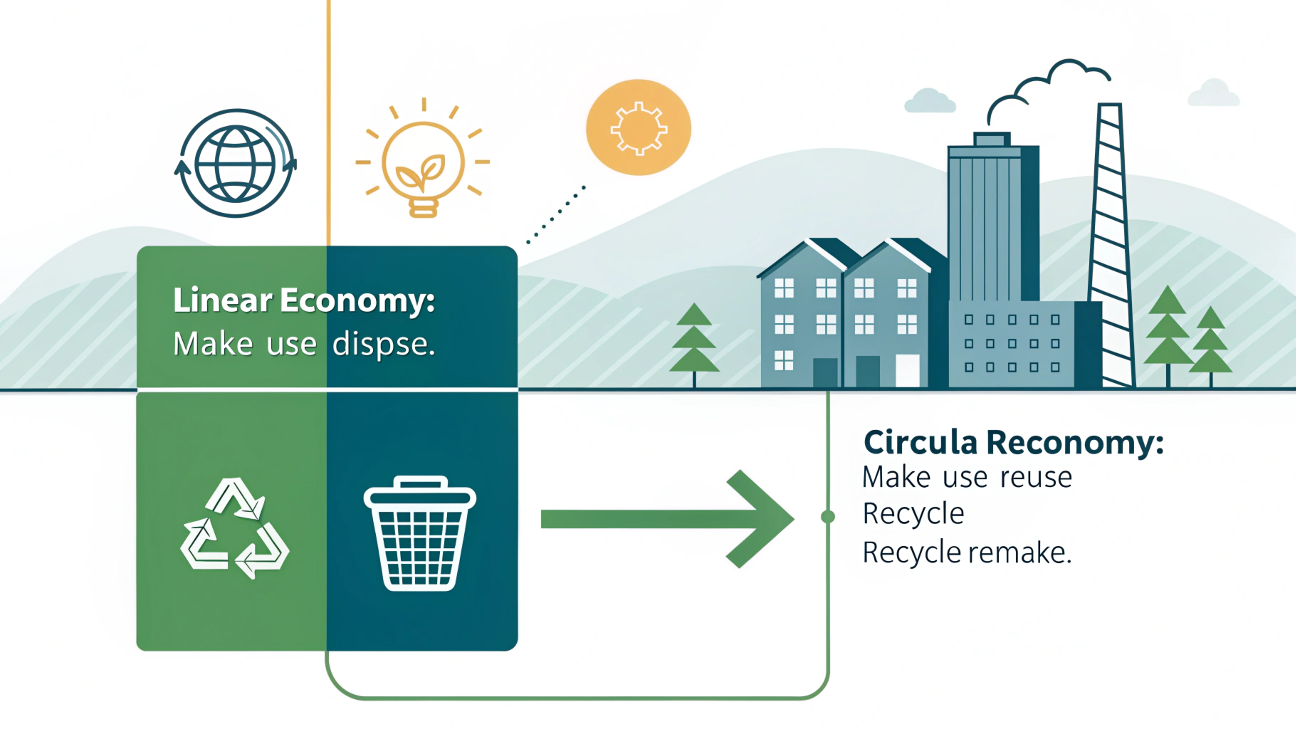
Achieving true sustainability requires a change in mindset. It’s not about a single feature, but about the entire system your packaging operates within.
1. Moving from a Linear to a Circular Model
The old model of beauty packaging was linear: extract petroleum to make plastic, form it into a jar, use it once, and throw it away. The circular model is different. It starts with using recycled materials (PCR), designing the package to be refilled multiple times (Reuse), and ensuring that at the end of its life, it can be efficiently turned back into raw material to make new bottles (Recycle). Every service we offer, from material selection to mold design, is aimed at helping our clients build this circular system.
2. Designing for a Second Life
Your insight about transforming packaging for another use is a key part of advanced sustainable design. When a package is so beautiful and durable that the customer wants to keep it, it has successfully left the waste stream entirely. This is where high-quality surface treatments like UV plating or refined silk printing can turn a simple container into a keepsake.
3. A Practical Global Strategy
True sustainability must also be practical. For many brands, especially in developing markets, the most impactful choice isn't the trendiest new bioplastic that may not have a disposal infrastructure. Instead, the smartest, most sustainable choice is often to use a highly recyclable material like PET and increase the percentage of PCR content. It’s an accessible, cost-effective strategy that delivers measurable environmental benefits right now.
Conclusion
Zero-waste is an achievable vision built on the practical steps of reuse, refilling, and smart design. By choosing the right partners and materials, you can create packaging that your customers love and the planet appreciates.
Written by
Mike Lee
You may also be interested in:
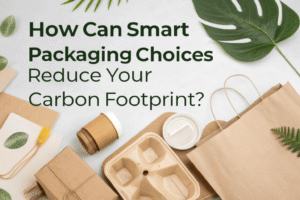
How Can Smart Packaging Choices Reduce Your Carbon Footprint?
You're committed to making your brand more environmentally friendly, but the term "carbon footprint" feels
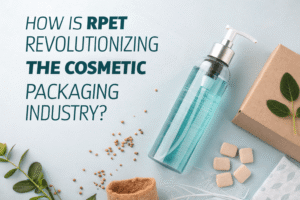
How Is rPET Revolutionizing the Cosmetic Packaging Industry?
You want to make your packaging more sustainable, but you're worried about sacrificing quality. You

How Can Your Packaging Tell a Story That Sells Your Product?
Your packaging is well-designed, but it feels lifeless. It lists features and ingredients, but it
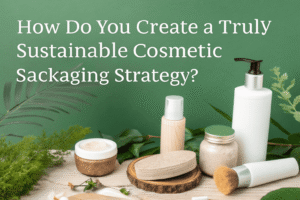
How Do You Create a Truly Sustainable Cosmetic Packaging Strategy?
You feel the pressure to make your packaging sustainable, but every choice seems complex. Switching